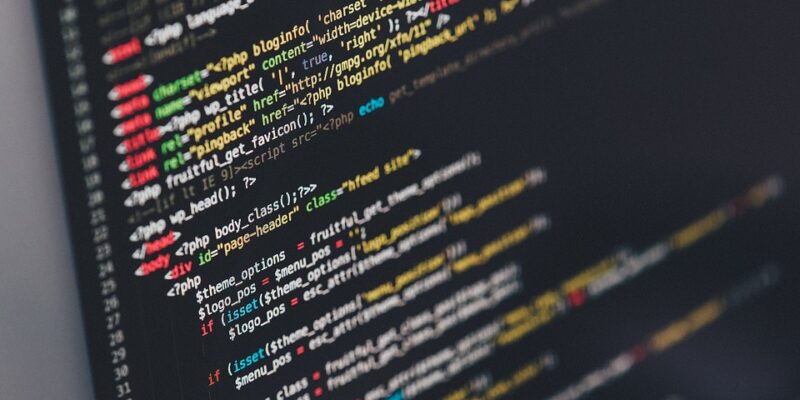Understanding the Basics of 3D Animation Software: A Crash Course
In today’s digital age, 3D animation has become an essential tool for creating stunning visual effects in movies, video games, and advertisements. Whether you are a beginner or a seasoned professional, understanding the basics of 3D animation software is crucial for creating compelling and realistic animations. In this crash course, we will cover the fundamental concepts of 3D animation software and provide you with the knowledge you need to get started.
What is 3D Animation Software?
3D animation software is a computer program that allows users to create and manipulate three-dimensional images and animations. These software tools provide a wide range of features and tools for modeling, texturing, lighting, and rendering 3D objects. Some popular 3D animation software programs include Autodesk Maya, Blender, Cinema 4D, and Adobe After Effects.
Modeling
Modeling is the process of creating three-dimensional objects in a virtual space. In 3D animation software, modeling tools allow users to create objects by manipulating geometric shapes such as cubes, spheres, and cylinders. Advanced modeling tools enable users to sculpt objects with detail and precision, making it possible to create realistic characters and environments.
Texturing
Texturing is the process of adding surface details and materials to 3D objects. Texturing tools in 3D animation software allow users to apply colors, patterns, and textures to objects, giving them a realistic appearance. Texturing is essential for creating lifelike characters, environments, and objects in animations.
Lighting
Lighting is a crucial element in 3D animation that can make or break the final look of an animation. Lighting tools in 3D animation software allow users to control the intensity, color, and position of light sources in a virtual environment. By adjusting lighting settings, users can create mood, atmosphere, and depth in their animations.
Rendering
Rendering is the final step in the 3D animation process where the software generates the final images or frames of the animation. Rendering tools in 3D animation software can create high-quality images with realistic lighting, shadows, and reflections. Render settings allow users to customize the final output of their animations, such as resolution, frame rate, and file format.
Animation
Animation is the process of bringing objects to life by creating movement and changing poses. Animation tools in 3D animation software allow users to animate characters, objects, and cameras by setting keyframes and manipulating animation curves. Advanced animation tools enable users to create complex character movements, facial expressions, and interactions.
Workflow
Understanding the workflow of 3D animation software is essential for creating animations efficiently and effectively. A typical workflow in 3D animation software includes modeling, texturing, lighting, animation, and rendering. By following a structured workflow, users can organize their work and create animations that are realistic and visually appealing.
Tips for Beginners
For beginners, learning 3D animation software can be a daunting task. Here are some tips to help you get started:
1. Start with a simple project: Begin by creating simple objects and animations to build your skills and confidence.
2. Practice regularly: Consistent practice is key to mastering 3D animation software. Set aside time each day to work on your projects and learn new techniques.
3. Watch tutorials: There are plenty of tutorials available online that can help you learn the basics of 3D animation software. Watch tutorials on modeling, texturing, lighting, and animation to gain a better understanding of the software.
4. Experiment with different tools: Explore the various tools and features of the 3D animation software to discover new ways of creating objects and animations.
5. Seek feedback: Share your work with others and ask for feedback to improve your skills and techniques.
Conclusion
In conclusion, understanding the basics of 3D animation software is essential for creating compelling and realistic animations. By mastering modeling, texturing, lighting, animation, and rendering tools, users can create stunning visual effects in movies, video games, and advertisements. Whether you are a beginner or a seasoned professional, following a structured workflow and practicing regularly can help you achieve your animation goals. By following this crash course, you will be well on your way to creating amazing 3D animations.
